
Whether you were an art major or just an art enthusiast, 'From Monet to Picasso' delivers dozens of original works spanning several transformative periods of art. The famous names are there - Monet, Pissarro, Renoir, Manet, O'Keeffe, Rodin, and Picasso - as well as a number of lesser-known artists during the same time periods. I won't bore you with a lecture of art history that your professors gave you - or fell asleep through. If you want the full lecture, the exhibit features some excellent English (unlike the recent Andy Warhol exhibit); beyond that, there's plenty of resources that Google can provide.

Many of the pieces are on loan from the Philadelphia Museum of Art - great for photo ops among the locals.
Once you approached the exhibit, it's time to put the camera away and respect the 'no pictures' rule... That there's plenty of staff on hand to protect these works of art means you're unlikely to get away with a photo anyway.
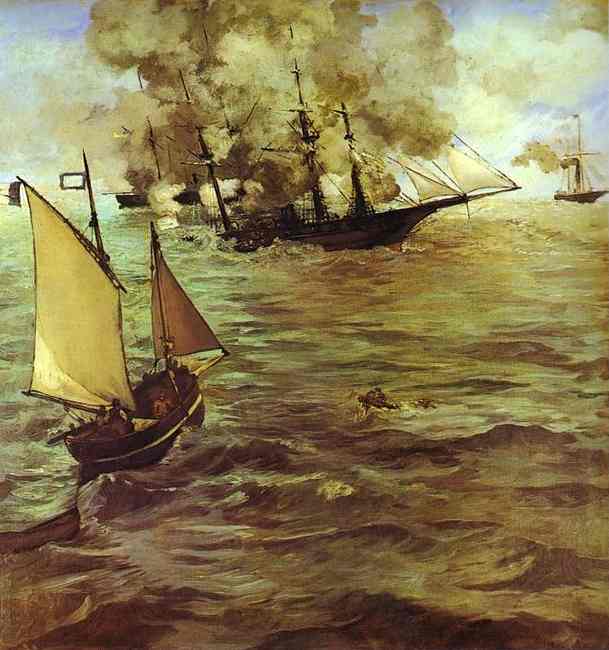
Edouard Manet - Battle of Kearscape and Alabama - fitting into the realist and impressionist camps, note the color variations in waves and the smoke to make the scene come alive.
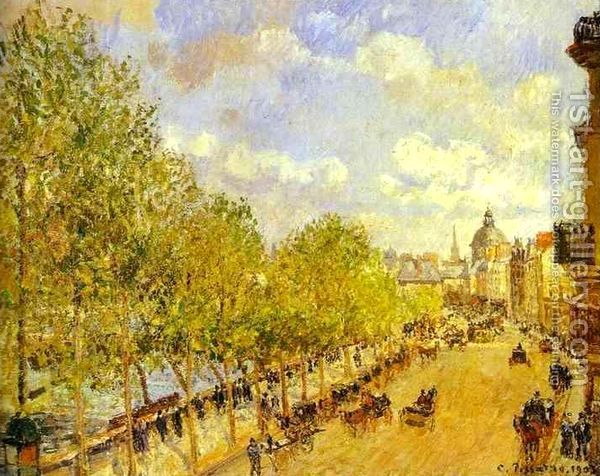
Camille Pissarro's "Afternoon Sunshine", 1901. Note the absence of realistic features, in favor of the more Impressionist features.

Claude Monet - Morning at Antibes (1888)
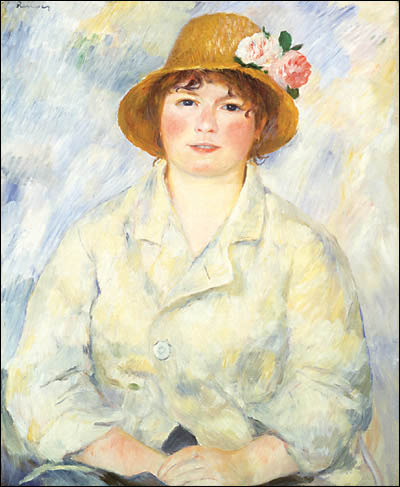
Renoir's 1885 Portait of Aline Charigot (AKA Madame Renior) - refined, detailed, yet simple. It's the sort of painting that I wouldn't mind getting done myself...
The next section, albeit a small one, is sculptures:
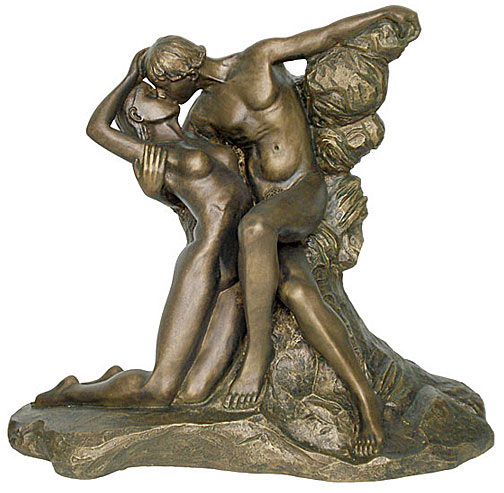
Rodin's "Eternal Springtime" - bronze sculptures were the predominant feature here.
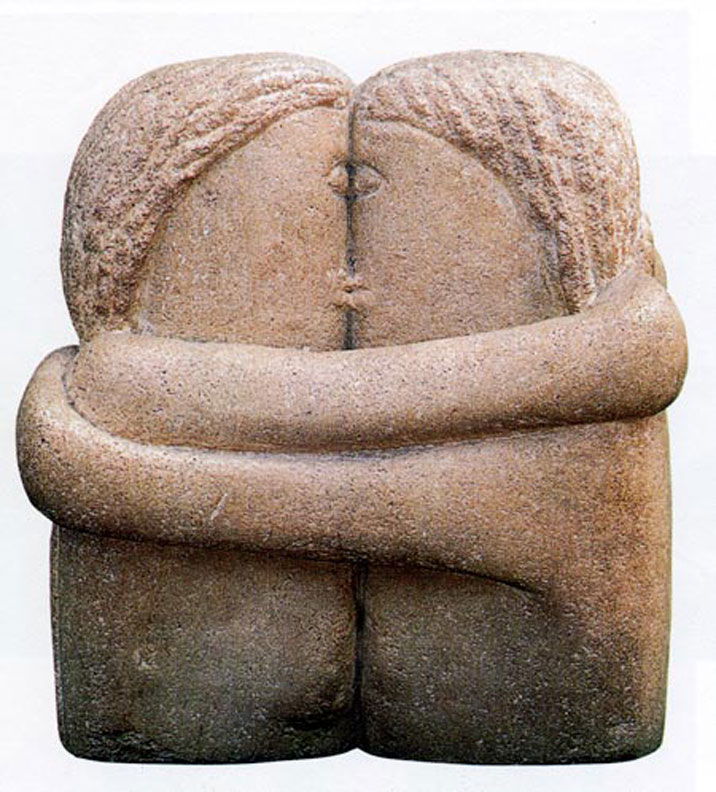
The Kiss, by Brancusi (1916) - the centerpiece of the section.
The next section features 'Picasso and Avant-Garde' - Both Picasso and Georges Braque began calling attention to the flatness of the picture instead of representing the 3D view.
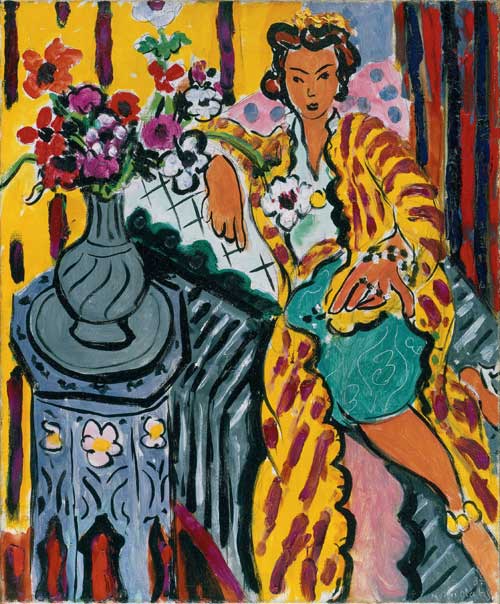
Matisse's "Yellow Odalisque", from 1937. One of the most vivid displays of colors thus far.
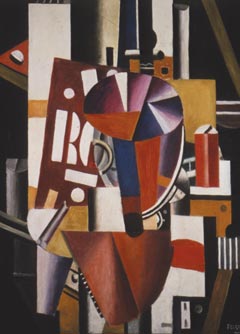
Fernand Léger, Typographer - nope it's not one of Picasso's pieces... In fact, Picasso has exactly two pieces in this exhibit. I guess his contemporaries were easier to obtain to loan?
After catching up with the times, the last room of the exhibit is curiously on American art:
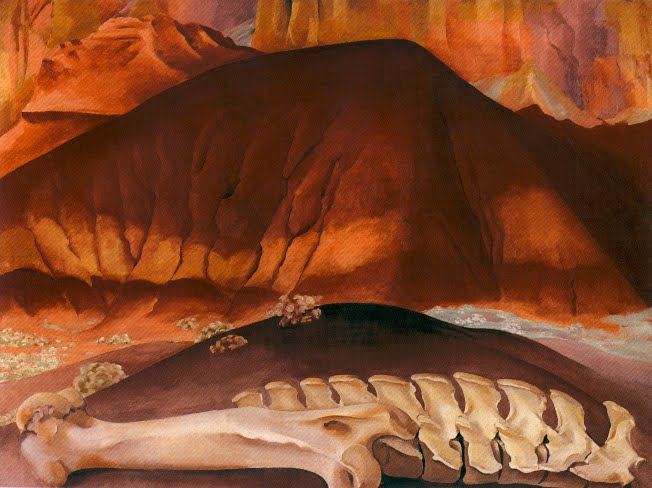
Georgia O'Keeffe's "Red Hills and Bones", from 1941 - how the American desert used to look.
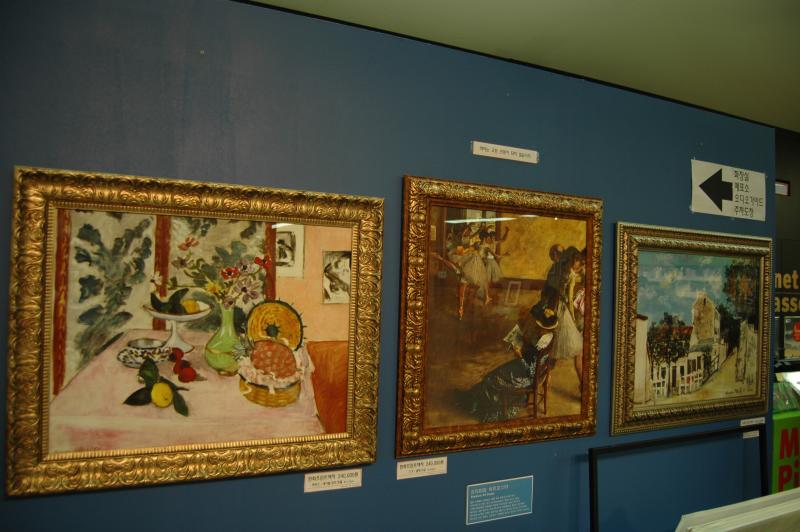
While the souvenir ship offered plenty of possible things to make your living space more cultured, the exhibit collection books (two sizes, 30,000 and 10,000 won) provided nothing beyond the English introductions to each section (along with plenty of Korean about each piece) and some nice pictures.
Check it out if interested in art, or if you're trying to learn more about art. It's a good place to take a date, especially if you can sound learned on the differences between Impressionism and Cubism.
Ratings (out of 5 taeguks):
Ease to arrive:

Foreigner-friendly:

Convenience facilities:

Worth the visit:
 (call this an average - 5 taeguks if interested in art or if you were an art major in college; 3 taeguks if you weren't).
(call this an average - 5 taeguks if interested in art or if you were an art major in college; 3 taeguks if you weren't).Directions to 'Monet to Picasso' exhibit: Take line 3 of the Seoul subway system to the Nambu Bus Terminal subway station. Take exit 5 to street level, then walk straight for a couple hundred meters. Turn left, then right - at this point you should see the art complex on your left. Use the underpass to cross the street, then follow the signs to buy a ticket (admission: 13,000 won). Head up the stairs to the outdoor plaza, then follow the signs to the exhibit.
 © Chris Backe - 2010
© Chris Backe - 2010This post was originally published on my blog, Chris in South Korea. If you are reading this on another website and there is no linkback or credit given, you are reading an UNAUTHORIZED FEED.



 RSS Feed
RSS Feed
Recent comments